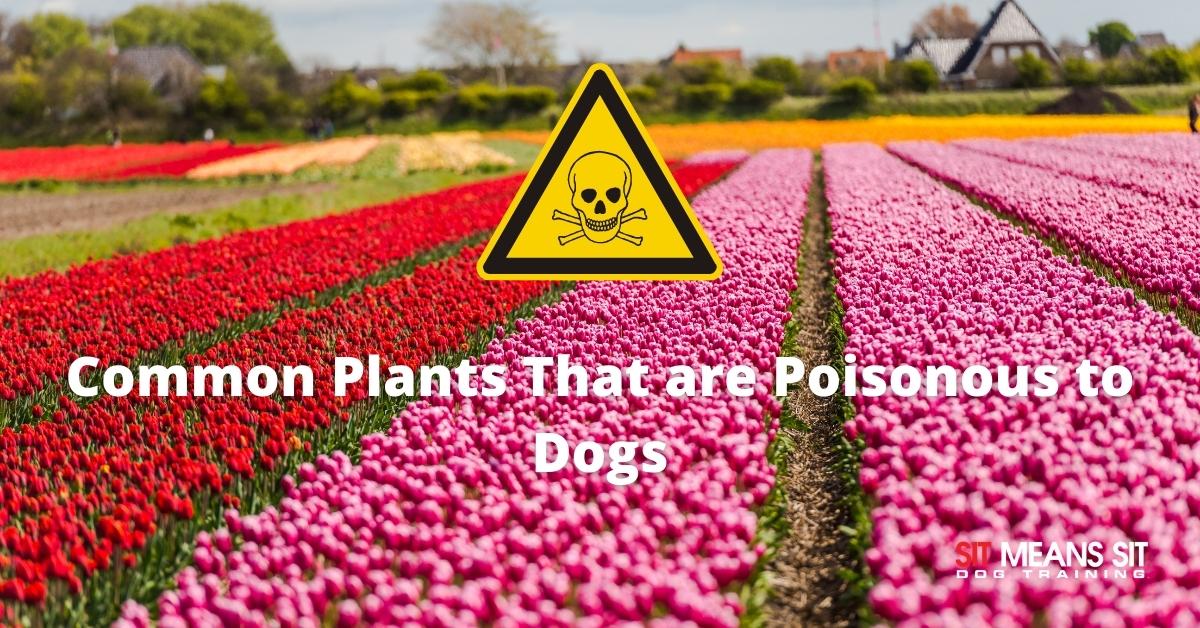
Common Plants That are Poisonous to Dogs
You take a number of things into consideration when choosing a new plant for your house or yard, but have you ever thought about what it might do to your dog? Since dogs evolved from the wild it might be easy to assume that they can withstand a lot of dangers. However, there are plenty of houseplants that are best avoided. We’ve compiled a list of the most common plants that you should make sure to avoid.
Hydrangeas
While these plants might be best for winning contests, they can cause lethargy and a number of gastrointestinal issues in your dog. The flowers and leaves contain cyanogenic glycosides that can prove fatal. If you can’t avoid them outright, then make sure to keep them out of reach.
English Ivy
Ivy is an easy houseplant to care for but they contain triterpenoid saponins and polyacetylene compounds that can cause vomiting, diarrhea and excessive drooling. While they might not be outwardly poisonous, the drooling can be a result of a swollen mouth and tongue which causes difficulty breathing, so it’s still something you should look out for.
Chrysanthemums
These beauties contain lactones and pyrethrins that cause gastrointestinal irritation. They’re not outwardly legal but they can cause discomfort in the form of vomiting, appetite loss, vomiting, rashes, and diarrhea.
Daffodils
Daffodils contain lycorine, which causes vomiting and diarrhea. The bulb of the plant has crystals that can cause severe irritation when ingested, which can lead to vomiting, abdominal pain, difficulty breathing, and even cardiac arrhythmias. This is one of the more severe plants on the list, so note this as you plan out your summer garden.
Tulips and Hyacinths
Similar to daffodils, the bulbs of both of these plants can cause intense arrhythmias and severe gastrointestinal issues. However, the flowers of these plants can be just as damaging as the bulbs, as they can cause mouth and esophageal irritation and nausea.
If you notice any of these symptoms in your dog or suspect that they have ingested any of these plants, call your vet or the Pet Poison Helpline immediately. Make sure to give them as much information as you can, as it can help ensure your dog survives.
